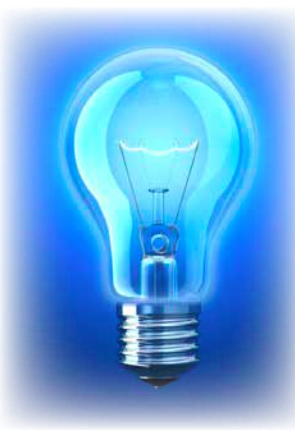By, Lauren Kolacki
Sunlight contains several different color light rays, each that affects us differently. These shades are characterized by their energy and wavelength; light rays that have relatively long wavelengths contain less energy, and those with short wavelengths have more energy. Blue light rays have the shortest wavelengths, therefore, the highest amount of energy.
The display screens of computers, electronic notebooks, smartphones and other digital devices radiate only half the amount of blue light as the sun does; but because of the time using these devices and the proximity of the screens, it has become a higher risk for long-term eye health effects. The cornea and lens of the eye, are blockers of UV rays reaching the retina but blue light passes through, becoming a cause of serious damage and/or possible vision loss.
In the US, 97% of kids under the age of four use mobile devices. 77% of Americans have smart phones and teenagers spend an approximate 6.5 hours a day staring at a screen. With these statistics being so high, it is established that Americans have a high exposure to blue light. Because of this, it is important to be aware of certain blue light filters that can protect your retina. Fortunately, there has been several productions of blockers that protect your eyes without affecting the visibility of the display screen, some even act as a screen protector from scratches or cracks. Ask your eye doctor or optician about which type of vision correction and lens features best suit your needs for viewing your computer and other digital devices and protecting your eyes from blue light.

